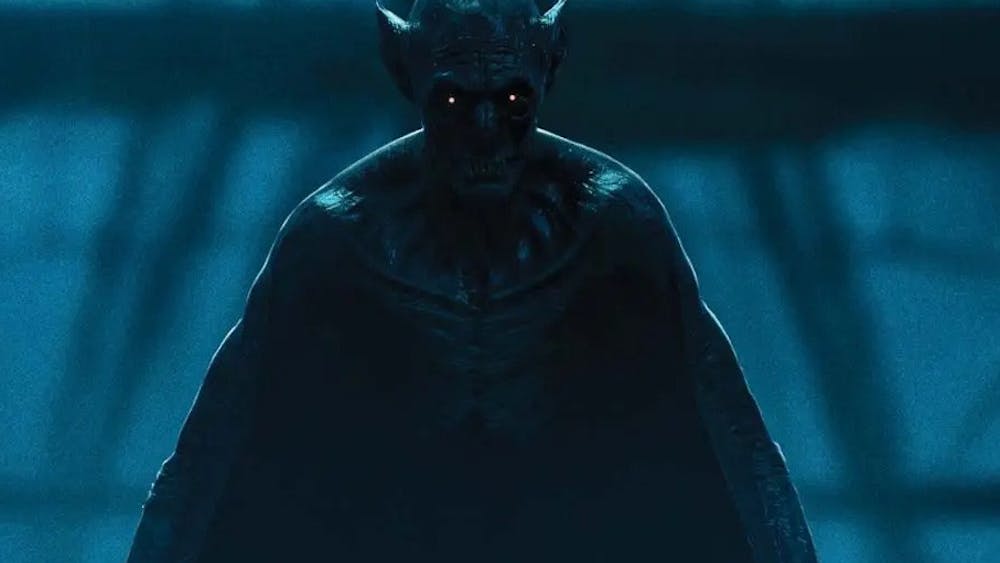A poignant story arrived this weekend to the Musical Arts Center. Hailed as one of the greatest operas of all time, it is Giuseppe Verdi's "La Traviata," first performed exactly 150 years ago Thursday at the Fenice Theater in Venice, Italy.\nSet to beautiful music and featuring impressive scenery, the story features an 1840s Parisian courtesan named Violetta who attracts the love of Alfredo, a young poet. Violetta first scorns him, but then finds comfort from her hectic lifestyle in his words. The plot centers around a traditional love story.\nThe best feature of the opera itself was undoubtedly its music. Verdi's music is phenomenal. His sense of melody is almost superhuman, and his music's effect upon the audience's emotions is profound. Unlike many operas where the orchestra serves as a mere background, Verdi's music would make a marvelous performance all on its own. \nThe Symphony Orchestra under guest conductor Steven White did a remarkable job in bringing Verdi's music to life and expressing the wide range of moods present in the score. The parts written were quite obviously not easy ones, either, so much credit is due to the musicians for their remarkable talent. \nThough the musicians played well, the cast's performance definitely left a deeper impression. The cast consisted of three main parts -- Violetta, Alfredo, and Giorgio Germont -- Alfredo's father, several smaller characters and a chorus. The most demanding role, and the one executed with the greatest ease, was Violetta. Evelyn Pollock displayed Violetta's various facets of pompous courtesan, devoted lover, broken spirit, and dying penitent so convincingly, it seemed second nature to her. Andrew Oakden also stole some of Violetta's spotlight with his portrayal of the severe, uncompromising Germont. And Nicholas Coppolo's thorough and involved portrayal of a highly emotional, love-clouded Alfredo is another major success of which the opera could boast. All three leads gave such a wonderful and forceful performance, drawing the listener into the characters' world.\nThe chorus also played an important role in the plot development. Stage director Mark Clark created a unified chorus that is individualistic enough to be convincing. The chorus's performance added to a believable depiction of bourgeois life in the 1840s without losing any of the force behind the vocal parts, especially considering the formal period costumes the cast wears.\nThe chorus scenes reflect both the grandeur of the age and the impressive scale of the choral part. Colonnades, chandeliers and beautifully intricate design made the impressiveness possible. \nThe scene of Alfredo's country home is much more modest and less colorful, but quite appropriate because it served the backdrop for most of the story and some important arias without drawing attention away from the cast members. \nThe most interesting scene, though, was Violetta's deathbed, a dark, bare and gloomy apartment room with an eerie light sneaking in through the shutters. Stage designer C. David Higgins definitely accomplished the feat of emotional effect through his wonderful set design.\n"La Traviata" has proved to be one of the best operas this season and definitely deserves a viewing. It has many excellent qualities that should attract a wide variety of listeners: beautiful music, phenomenal singing, convincing acting and a quality plot. It is truly a combination of several great artistic feats. \nThe opera plays at 8 p.m tonight and Saturday at the MAC. Tickets range from $15 to $28 for the general public and from $10 to $20 for students with a valid student ID.
Simply phenomenal
Get stories like this in your inbox
Subscribe





